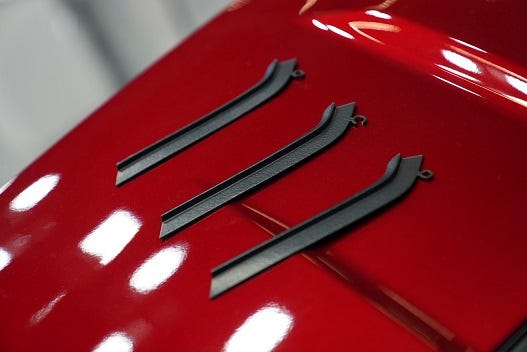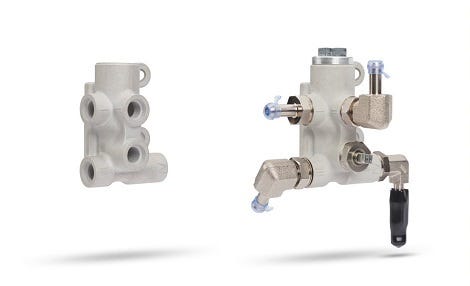HP posits that 3DP will stabilize the supply chain while delivering on the promise of mass customization.
January 18, 2023

As 3D printing extends beyond prototyping into production, the technology is beginning to deliver on the manufacturing holy grail: a stable supply chain and personalized mass production. According to HP, 2023 will see commercial 3D printing drive supply chain resiliency. Part of that resilience comes from the lack of reliance on manual labor in 3DP production, which makes assembly tasks repeatable. 3DP is also delivering improved product quality and the ability to construct new, complex geometries.
Given all this, 3D printing could help industries withstand the pressure of growing global insecurities. “Manufacturers must invest in breakthrough technology to remain competitive in a dynamic, consumer-driven market,” Wayne Davey, Global Head of Go-to-Market, HP Personalization and 3D Printing, told Design News. “Prioritizing innovative technologies such as 3D printing could have a larger ripple effect on the rest of the economy. Analysts such as McKinsey believe that restoring growth and competitiveness in key manufacturing industries could positively impact the nation’s GDP by more than 15%.”
Davey noted that manufacturers can achieve much-needed hyper-personalization by using additive manufacturing. With 3D printing, users can quickly adapt production to meet consumers’ ever-changing preferences. Additive manufacturing can also help to reduce the hardware and lead times involved in traditional production methods. “3D printing is becoming recognized as a solution to address supply chain challenges, sustainability, and hyper-personalization while pushing the boundaries of design,” said Davey. “Ongoing advancements are enabling digital manufacturing to be more accessible and cost-competitive compared to traditional manufacturing methods. As adoption becomes more widespread, 3D printing could be key to helping modernize the manufacturing sector.”
3DP and Sustainability
He noted that 3D printing can also help manufacturers meet sustainability goals. The technology enables innovative, sustainable product designs as it optimizes workflows and accelerates production cycles. These advantages help customers gain a better understanding of the part lifecycle. Additive manufacturing also produces improved parts with a wider spectrum of design possibilities. “With everything made possible with 3D printing, the next generation of technology will be even better at tackling design and manufacturing challenges,” said Davey. This opens the door for new riveting applications.”
Additive manufacturing helps with sustainability by promoting a circular economy that reduces the number of materials used in production. It simplifies workflows and creates more value in production systems. “From design to production, 3D printing makes processes uniform and repeatable, ultimately optimizing workflows and accelerating production life cycles,” said Davey. “Brands across the industrial, consumer, medical, and automotive industries will continue to leverage 3D printing to create complex, high-quality plastic and metal parts that are not only more sustainable but also geometrically concise.”
Davey offered some examples of 3D print applications that optimize the design process. These use cases include a flexible spoiler closeout seal for GM’s 2022 Chevrolet Tahoe, a tractor fuel system valve for John Deere’s agricultural machinery, and a component for Schneider Electric’s 690V power filters.
Partnering with GKN Additive, General Motors used HP Multi Jet Fusion technology to create a flexible spoiler closeout seal for the 2022 Chevrolet Tahoe. The part was recently awarded an SPE Automotive Innovation award.

Together with GKN Additive, John Deere is now manufacturing metal jet-printed valves in its agricultural machinery. In addition to significant productivity gains and environmental benefits, the high-quality part is functional in extreme weather conditions.

Together with GKN, Schneider Electric produced new components for its 690V power filters using HP Metal Jet technology. The component couldn’t have been created with other industrial manufacturing capabilities due to the shape complexity required for these filters.

About the Author(s)
You May Also Like





